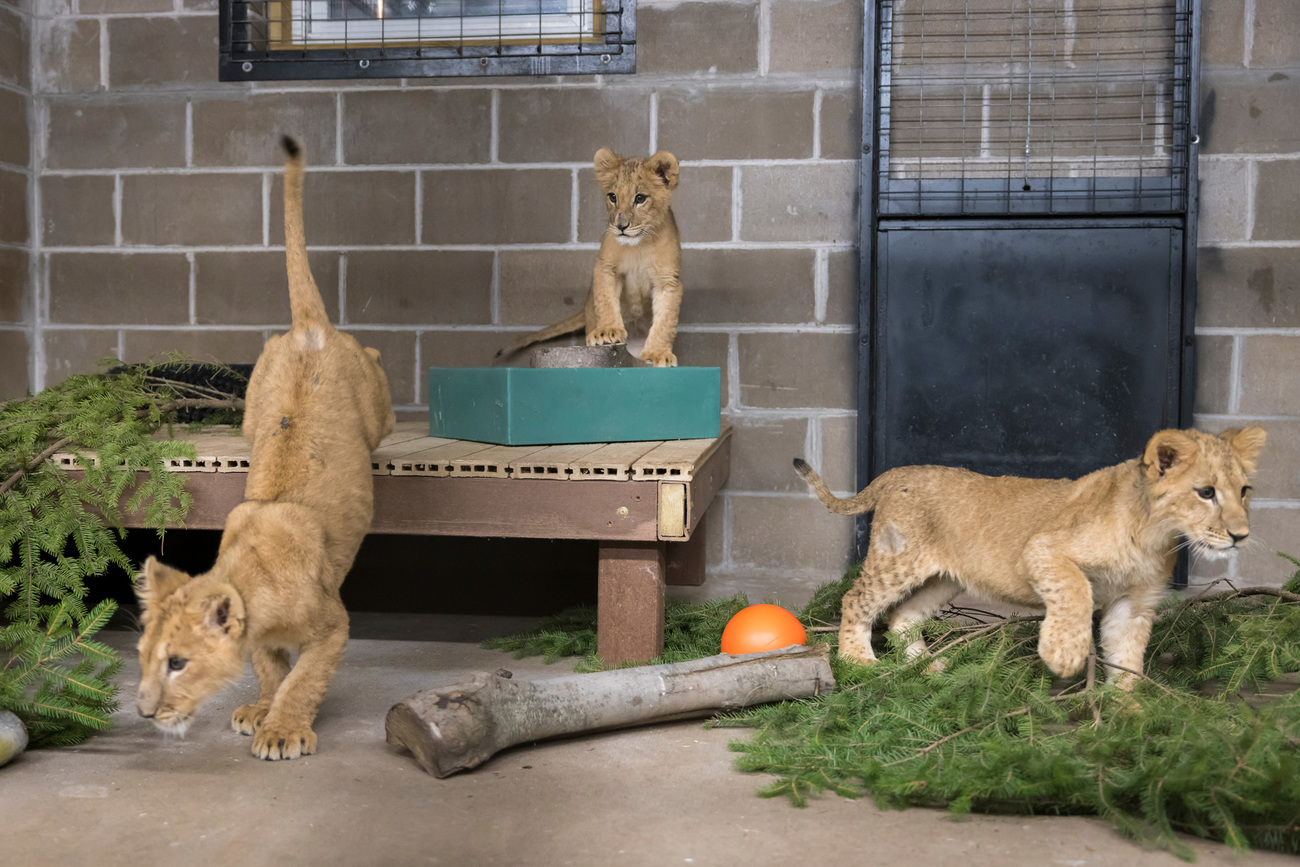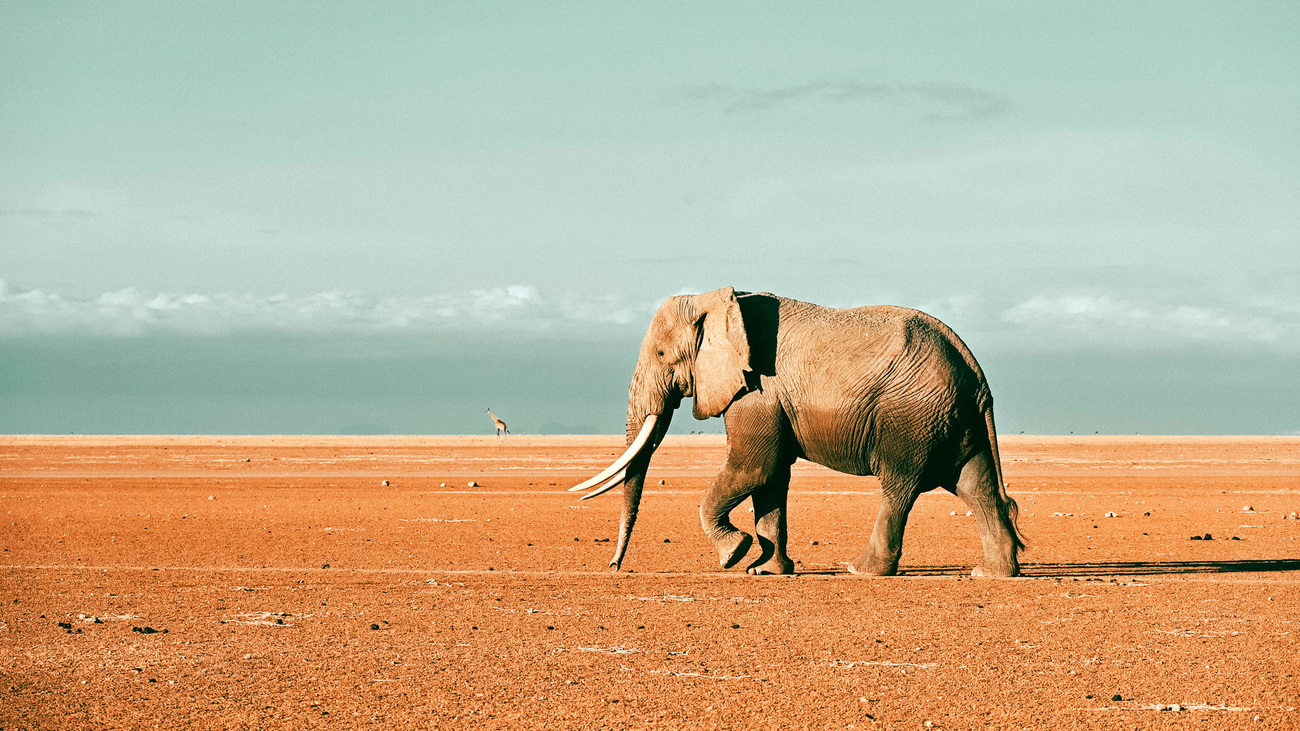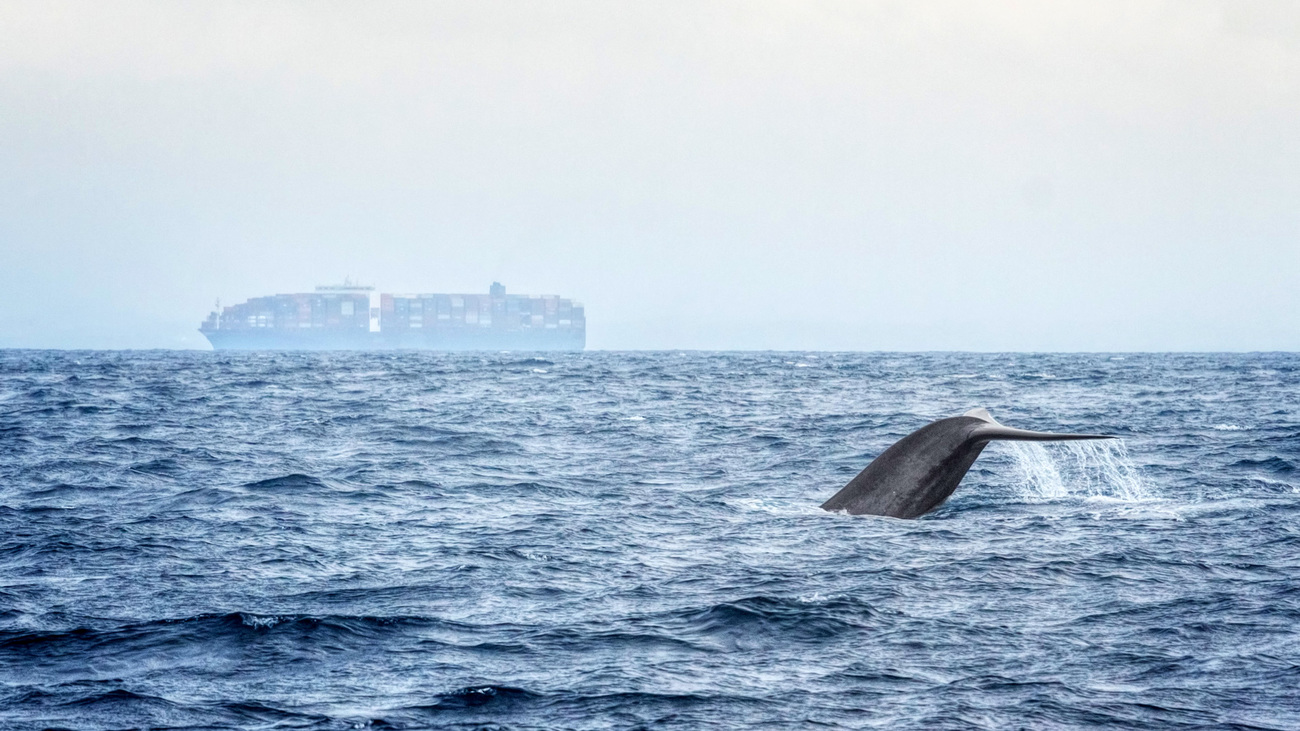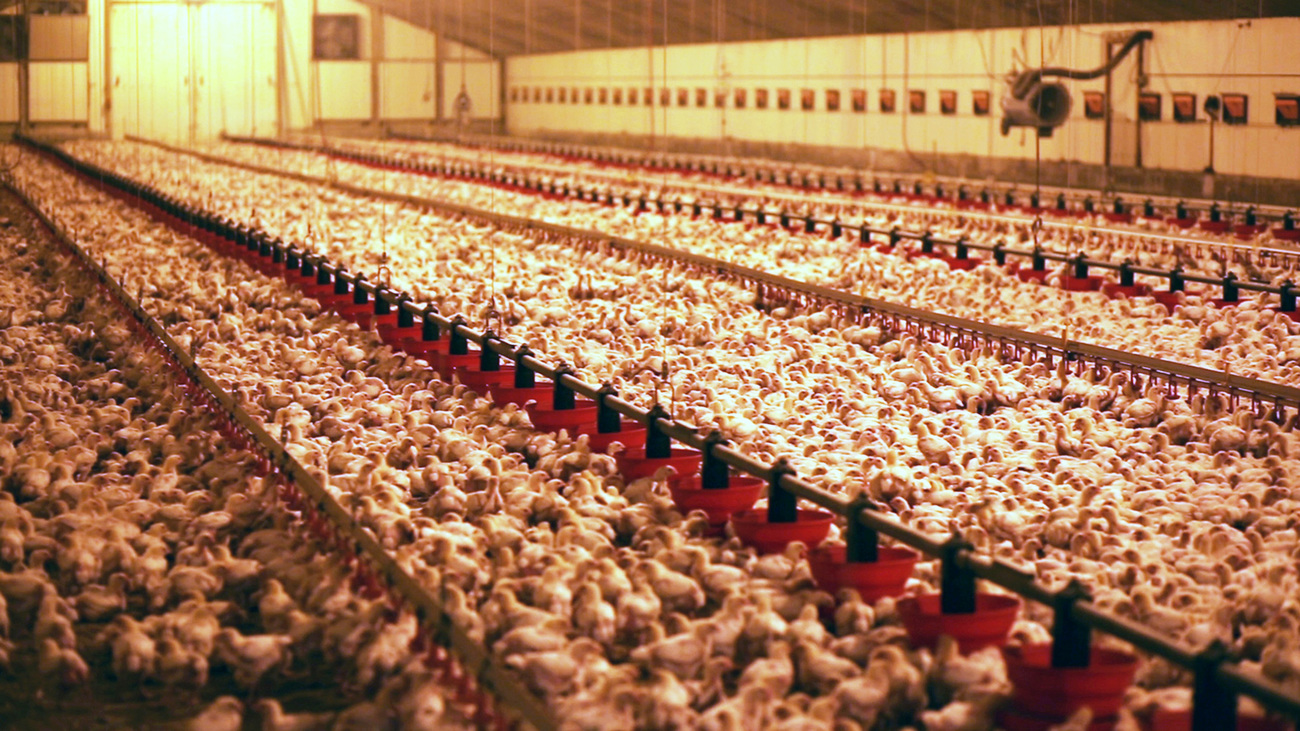Blog
Discover the four layers of the forest—and the animals living in it
Read moreFacts about animal welfare and conservation
Animal welfare and conservation refers to the well-being and protection of animals and covers everything from how human activities affect the survival of wild species to how domesticated animals are treated and the use of animals in scientific research. Below, we share 20 important and surprising facts you may not know about animal welfare and conservation.
1. In the United States there are as many as 10,000 big cats in captivity. In fact, there may be more tigers in cages across the US than in the wild globally. From lions to tigers to leopards, these wild animals are kept for a variety of cruel purposes, including as pets and for entertainment, are rarely cared for properly, and usually lack the space they need to thrive.

2. Wildlife trafficking is big business, generating USD $7 to $23 billion annually—it’s the fourth most profitable global crime after drug, arms, and human trafficking. The demand for live animals and animal products hastens biodiversity loss and puts many species at risk of extinction, as well as subjecting animals to horrific conditions and death.
3. Some animals, such as the northern white rhinoceros, are nearly extinct due to rampant poaching for their horns. Rhino horns are in high demand for traditional medicines in various parts of the world. There are currently just two northern white rhinos remaining in the world, both of which are females.
4. A staggering 90% of African elephants have been killed by poachers within the last 100 years. Killed primarily for their ivory, the survival of African elephants also continues to be threatened by habitat loss and human-wildlife conflict.

5. Claiming it prevents conflict with livestock and people, the US government killed over 1.7 million wild animals in 2021, including coyotes, wolves, and bears, as well as multiple federally protected species. Research has shown such culling tactics to be ineffective and based on false portrayals of wildlife as threats.
6. Illegal, unreported, and unregulated (IUU) fishing—also known as pirate fishing—depletes fish stocks and harms the marine environment through overfishing. Up to 26 million tons of IUU fish are caught each year, valued at US $10 to $23 billion. IUU fishing practices damage the seabed and smother coral reefs. They also result in bycatch of unwanted fish and marine animals, such as endangered dolphins, whales, sharks, and sea turtles.

7. The dramatic increase in underwater noise pollution due to ships and other vessels has harmed marine animals, many of which depend on sound to find food, communicate, and navigate. Blue whales could once communicate across thousands of miles. Now, that distance has been reduced by 90%.
8. According to the International Union for Conservation of Nature (IUCN), habitat loss is the greatest threat to 85% of its Red List of threatened and endangered species. Climate change is also a major threat, affecting 19% of the species on the Red List. One million animal and plant species face potential extinction in the coming decades.
9. It is easy to view animal cruelty as something that is only carried out by individuals or criminal groups. However, many governments engage in practices that can be considered animal cruelty. The Canadian government, for example, allows the use of the deadly chemical Compound 1080, and until recently, strychnine, to control wolf, bear, and coyote populations in Alberta. The indiscriminate use of these poisons leads to wildlife (including non-target species) and dogs ingesting the compounds and suffering incredibly painful and inhumane deaths.
10. Another example of a government initiative that leads to extreme animal suffering is Canada’s ongoing commercial seal hunt. Originally put in place to protect cod populations from harp seals, despite there being no evidence that harp seals negatively impact cod populations, the commercial seal hunt is an extraordinarily cruel practice that has no scientific justification.
11. The most common form of animal abuse is neglect. Neglect refers to situations in which an animal’s basic needs are not met, such as food, water, shelter, and medical care.
12. Abuse and cruelty towards animals are closely correlated with abuse and cruelty towards people. In fact, in one survey of pet-owning domestic abuse victims, it was found that 71% reported their abuser had also threatened, injured, or killed a family pet.
13. An often overlooked form of animal cruelty is animal hoarding. This is where people keep a large number of animals but fail to provide them with proper care, resulting in the deaths of over 250,000 animals each year. This issue overlaps closely with neglect and is extremely harmful to the animals involved. Animal hoarding is now classified as a mental health disorder and may be an indicator that the perpetrator needs professional help and support.
14. Most animal abuse is carried out by men under the age of 30. However, most animal hoarding is carried out by women over the age of 60.
15. The North Atlantic right whale is a critically endangered species of whale, with only around 350 individuals remaining. Unfortunately, these majestic creatures are continually subjected to injuries and death at the hands of humans. Vessel strikes, entanglement in fishing gear, and excessive ocean noise are all major factors in the continuing decline of the North Atlantic right whale, and if something isn’t done to address these issues, we could soon see yet another species go extinct due to our actions.
16. As already discussed, poaching is an incredibly cruel and harmful practice. One of the cruellest tactics employed by poachers is in the use of snares to trap animals. In places like South Africa, snares, often homemade from household objects, litter the countryside. These snares indiscriminately trap animals and lead to prolonged and agonising deaths for those unlucky enough to be caught by them. Since snares are easy to make, hard to find, and offer little chance for an animal to escape once trapped, they are very difficult to combat and require a huge amount of time and resources to remove once placed.
17. Despite being an incredibly popular and growing sport, rodeo is extremely harmful to the animals involved. On top of placing animals in a stressful situation designed to provoke a reaction, organisers often use abusive practices such as twisting the tails of bulls or shocking them with cattle prods to upset the animals and get them ready to ‘perform’.
18. Organised animal fighting still occurs around the world, including in the US. Many animals are forced to fight one another, usually to the death, with dogs and chickens (cockfighting) being the most common victims. Dog fights can last for one to two hours and leave the animals with severe physical and mental trauma.

19. It is estimated that 74% of global land livestock animals are factory farmed. Factory farming is a form of animal abuse where animals are kept in cramped, unsanitary conditions, often without proper medical care, and are fed large quantities of low-quality food to more efficiently raise them for human consumption.
20. Animal cruelty and abuse are punishable by law in many parts of the world. In the US, animal cruelty laws carry felony provisions in all 50 states, while under the Animal Welfare Act in the UK, offenders face up to 5 years in prison.
IFAW is constantly striving to help rescue and protect animals around the world, as well as shut down cruel practices like poaching and wildlife trafficking.
Our work can’t get done without you. Please give what you can to help animals thrive.
Unfortunately, the browser you use is outdated and does not allow you to display the site correctly. Please install any of the modern browsers, for example:
Google Chrome Firefox Safari